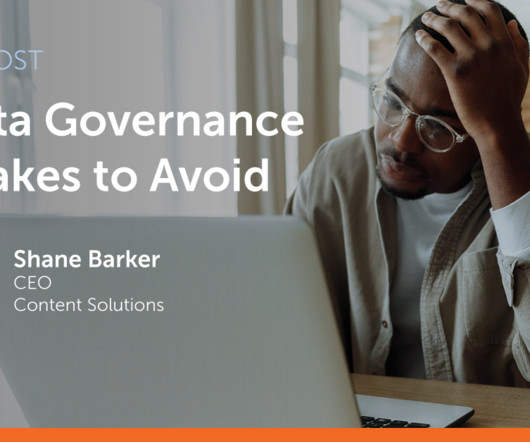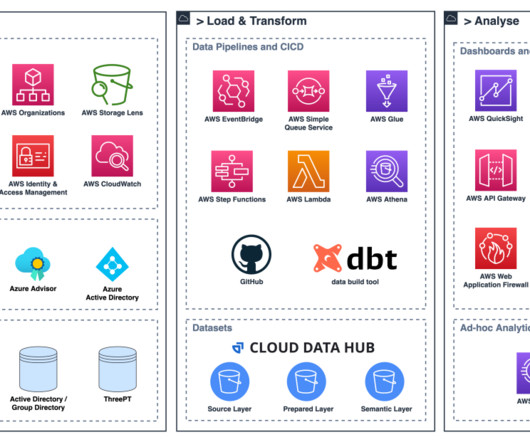Real-time Data, Machine Learning, and Results: The Evidence Mounts
CIO Business Intelligence
OCTOBER 4, 2022
It’s yet another key piece of evidence showing that there is a tangible return on a data architecture that is cloud-based and modernized – or, as this new research puts it, “coherent.”. Data architecture coherence. That represents a 24-point bump over those organizations where real time data wasn’t a priority.














Let's personalize your content